Perk Up with 6 Tasteful Malaysian Drinks
Lighten your mood and rejuvenate your senses with 6 must-try Malaysian drinks!
Discover the authentic in Asian cuisine food
Around the World, Asian Pantry
-940x627.jpg)
Next to rice, noodles are the most beloved Asian carb food, and every culture is sure to have their own unique noodle types and dishes. But few can match the sheer variety of Chinese noodles. After all, the art of making them in Asia began in China thousands of years ago; influencing many cultures from Japan to Southeast Asia over the centuries.
In fact, the art is so well-developed and evolved, that with the right ingredients and equipment, pretty much all Chinese noodles can be handmade, and many still are. Try browsing the noodles aisle of your friendly Asian grocer, and you’re sure to find them.
Some Chinese chefs even make their noodles live at their street stalls and restaurants, turning the whole process into a dazzling dance. However, not all Chinese noodles can be homemade. Some can stretch meters-long and are handled by teams of experts or may require years of skill-training.
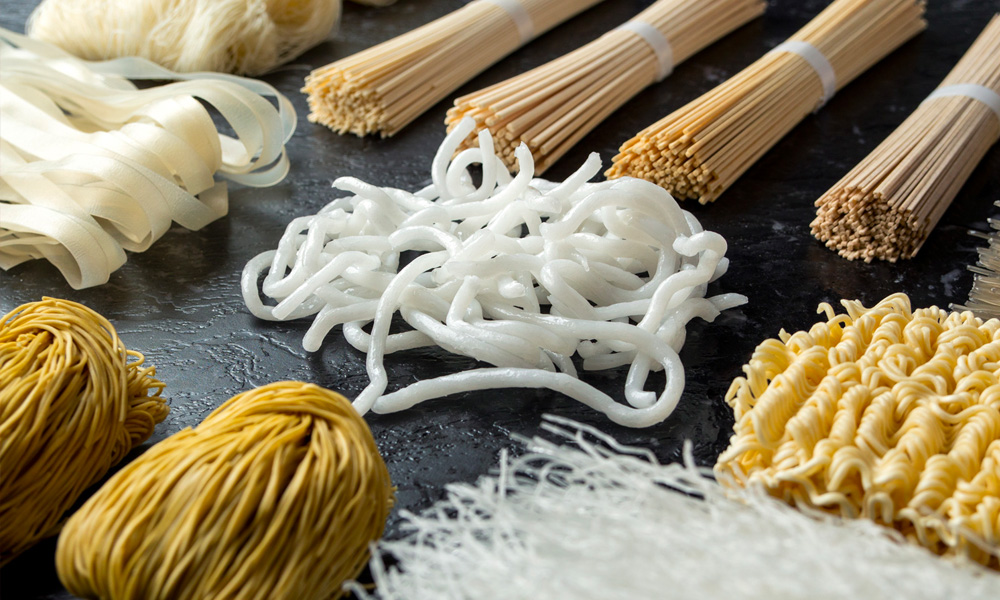
Wheat cultivation in China began about 5,000 years later than in Europe. From which, birthed the bao, dumpling wrap and wheat noodles. Although the Chinese have grown and eaten rice for far longer, it was also around the same period that rice noodles were first created.
Wheat noodles are typically firm and ‘bouncy’ to chew, with a very subtle earthy aroma. Rice noodles are gluten-free, usually soft and neutral-flavoured.
There are also Chinese noodles made from vegetable starches instead of flour. These have the subtle flavour and fragrance of their base ingredient, such as mung bean, yam, cassava, tapioca and sweet potato.
All three noodle-types absorb the flavours of anything they’re cooked with. Thus, versatile for soups, stir-fries, salads or simply boiled and sauced. They are also easy to cook, perfect for fast and yummy meals.

The name means ‘hand-pulled noodles’, and that’s exactly how it’s made. First, mix wheat flour with oil and knead a dough, then stretch and pull till it becomes thin strands of noodles. Although soft to the touch, boiling them actually firms them up and makes them spongy and pleasant to chew.
La Mian is one of the most popular ‘fast foods’ in China, with a plethora of regional dishes. The Lanzhou beef noodles soup is a notable fave. La Mian is also the progenitor of Japanese Ramen.
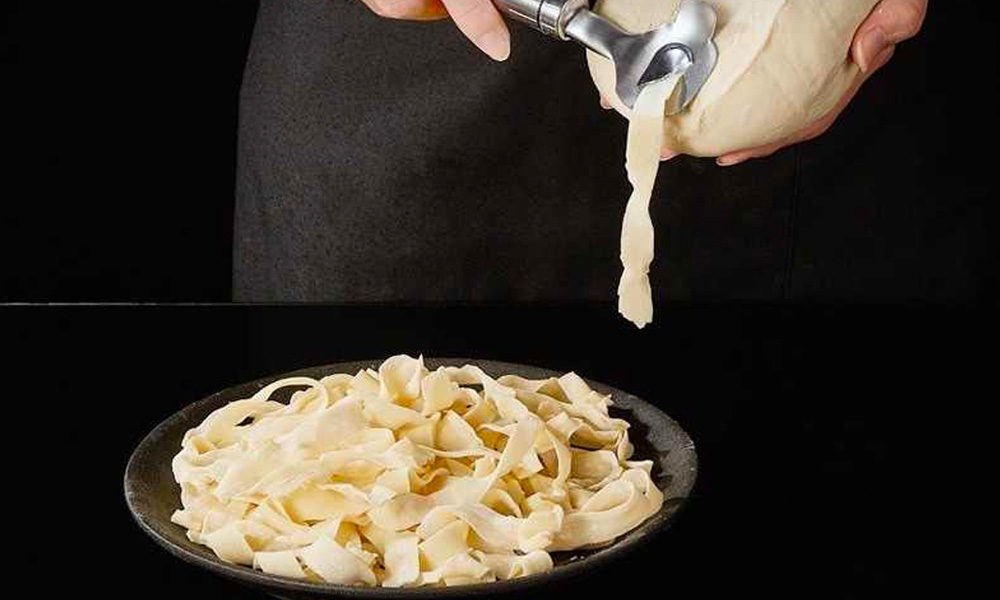
From the practiced blades of Shanxi province, comes the Dao Xiao Mian, or Knife-Cut Noodles. Instead of pulling the dough, the chef would fold it into multiple layers, then sliced into thick ribbon strands. When cooked, the Dao Xiao Mian has a springy texture that’s delightful to slurp and chew.

Lo Mein means ‘noodles made to be sauce-mixed’. Its yellow hue and umami flavour comes from the egg yolks in the dough. The strands have a spaghetti-like thickness that’s bouncy to chew and soaks up any sauce put to them, accentuating the flavours without becoming soggy. Try these noodles in this delicious Beef Lo Mein dish, or the thinner variation of Lo Mein which is Wonton Noodles.
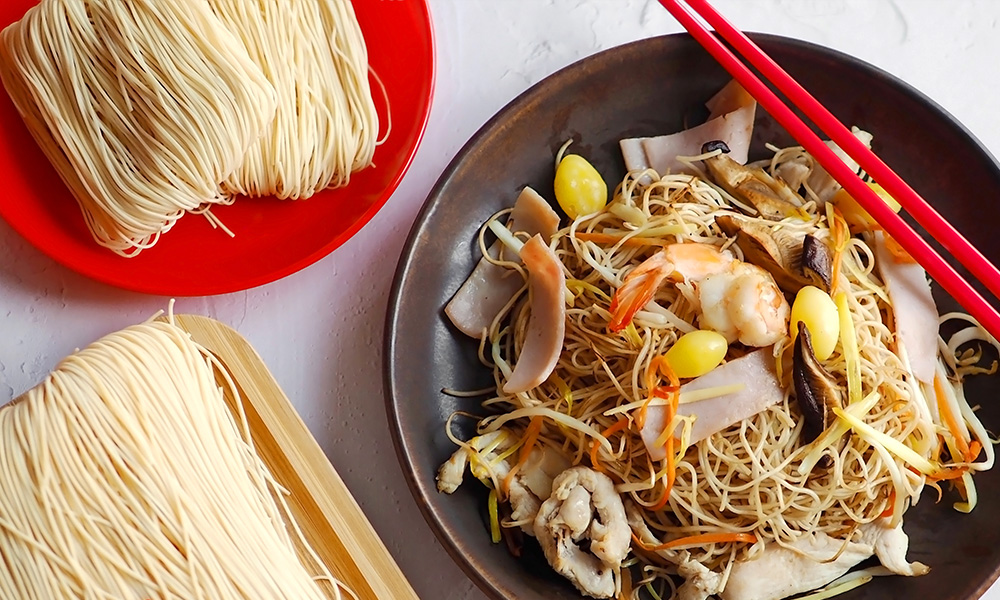
Misua is a Fujian specialty of ultra-thin wheat noodles that expands to a delicate firmness when cooked. It has a salty flavour on its own, yet also pairs great with meat, seafood and veggies; as well as pretty much any kind of seasoning. Delish in warm savoury soups and stir-fries.
Ban Mian

Probably better known by its Malaysian Chinese name, Pan Mee. This is a Hakka and Hokkien signature, made by slicing the flattened wheat dough into strands of various thickness on a wooden block cutter; or hand-ripped to pieces. Some Ban Mian dough may also include eggs. Best enjoyed in savoury anchovy soup, with bok choy and a ground pork and mushroom topping. Come grab the recipe!
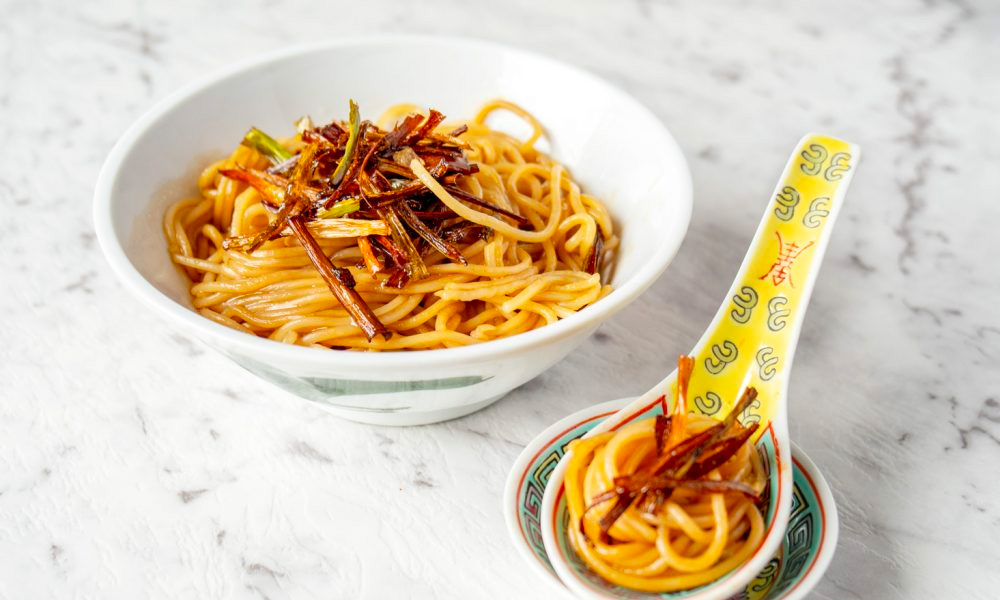
Corn oil makes this wheat-and-egg noodles velvety and without any greasy taste, despite its name meaning ‘oil noodles’. Instead, the You Mian is tender and smooth to chew, and best seasoned with a simple dash of scallion oil – a Shanghai-style street food favourite!
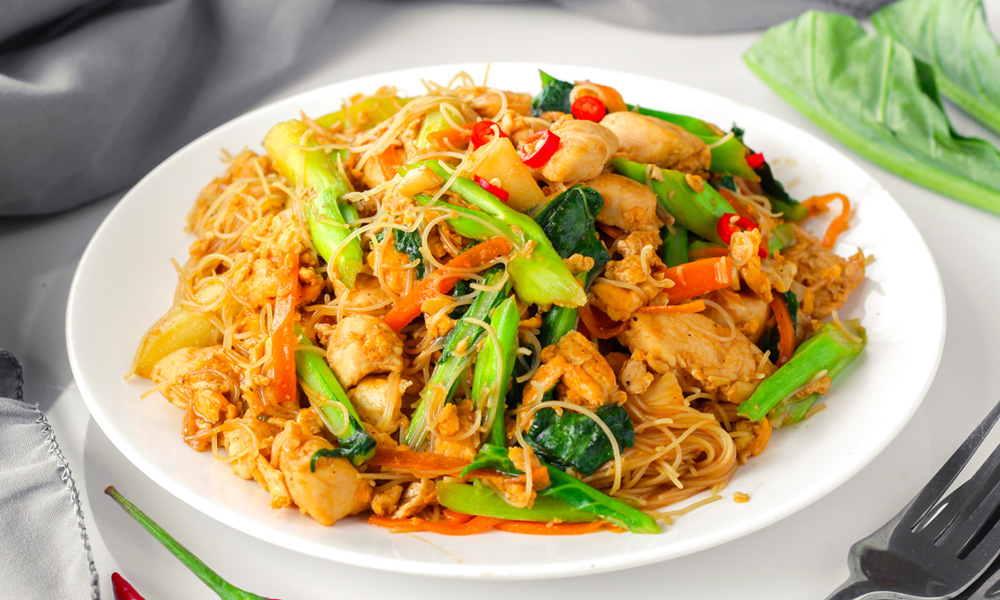
Rice vermicelli or Chinese Mi Fen are ultra-thin noodles with a light nutty flavour. Soft and easy to chew when cooked. Enjoyed in a massive variety of authentic delights across Asia.
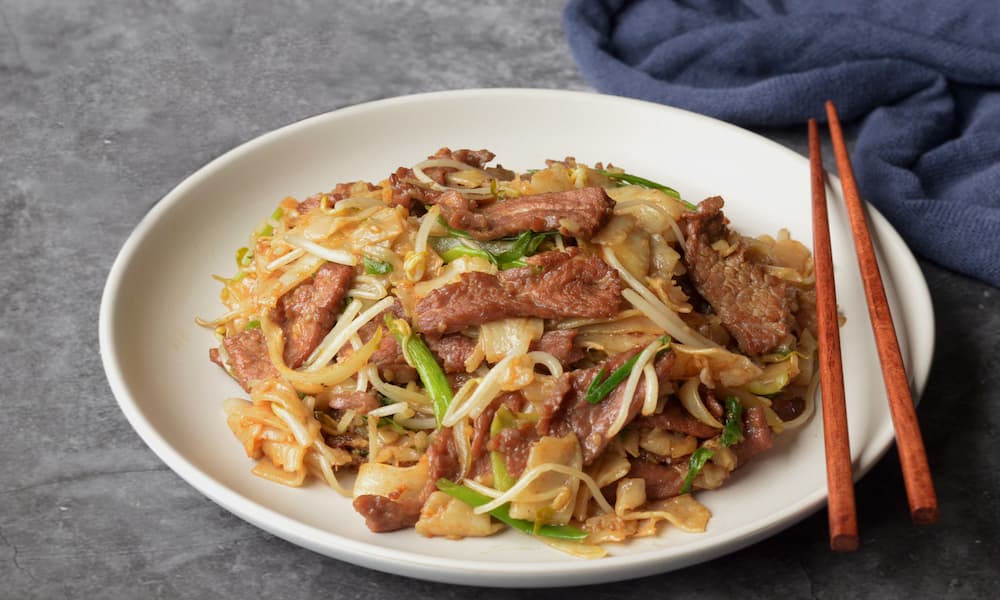
Also known as Kuey Teow among the Southeast Asian diaspora, Ho Fen is flat rice noodles with a stringy texture and neutral taste. When cooked, they take on the appetizing colour of your sauce as well as the richness of your seasonings. Delicious in soups, sauces and stir-fries alike. Try it in this mouth-watering stir-fry with beef!

Deceptively similar to Misua, Mi Xian hails from the Yunnan province, is made from rice instead of wheat, and has a unique yeast fermentation period in its making. The result is a rice noodle that thickens into a slurpy pasta-like texture and a light doughy flavour. Best enjoyed in steamy broths and soups.
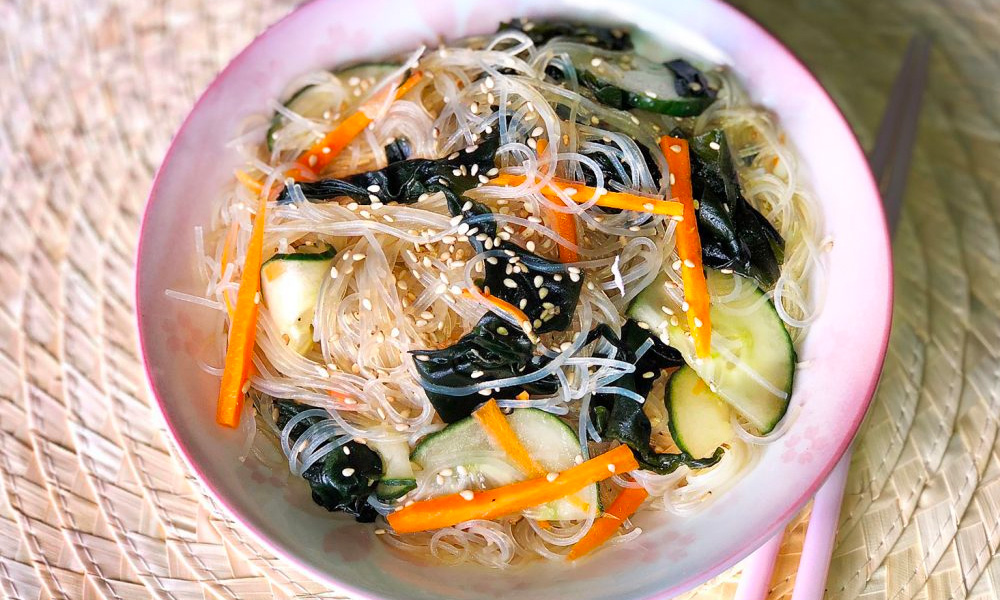
Also known as Glass Noodles or Cellophane Noodles, Dong Fen is a thin, translucent darling made from mung bean starch. When cooked in soup, the strands soften into a creamy smooth texture. When blanched in hot water, they turn slippery yet chewy. When lathered with sauce or stir-fried, they become tender and almost gluey; soaking up all the flavours.
Beyond Chinese cuisine, the Dong Fen is also beloved across Southeast Asia. Come check out the array of awesome flavours you can make with it!
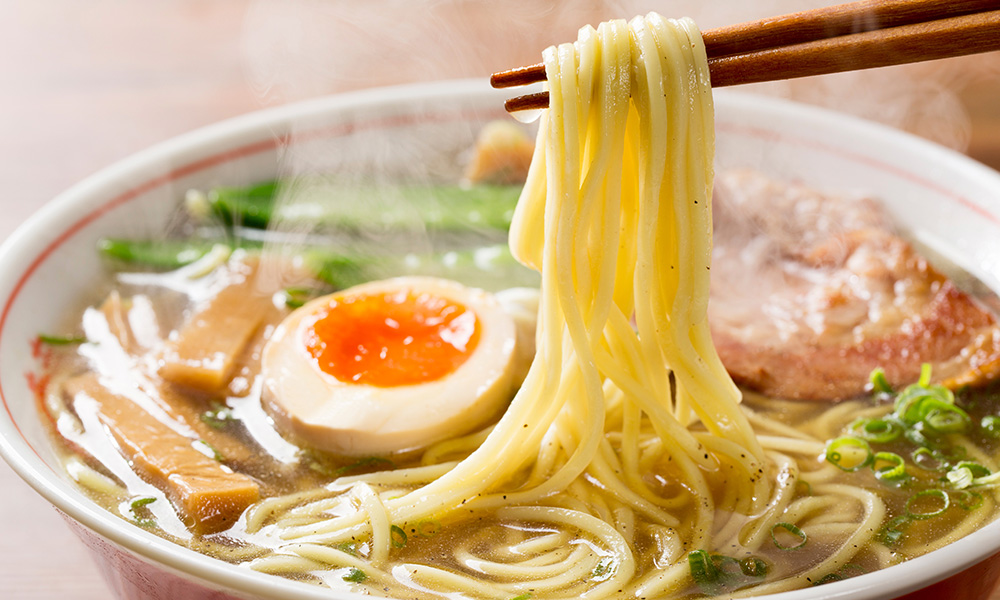
Can’t get enough of Asian noodles? Satiate your slurpy cravings with Japanese noodles next. Also check out Korean Japchae, the potato-starch noodles packed with joy and goodness.

Lighten your mood and rejuvenate your senses with 6 must-try Malaysian drinks!

Pair your hearty barbecues with these refreshing Asian delights!

What are the properties of ginger, and how to pick, store and use ginger in your cooking? Find out here!